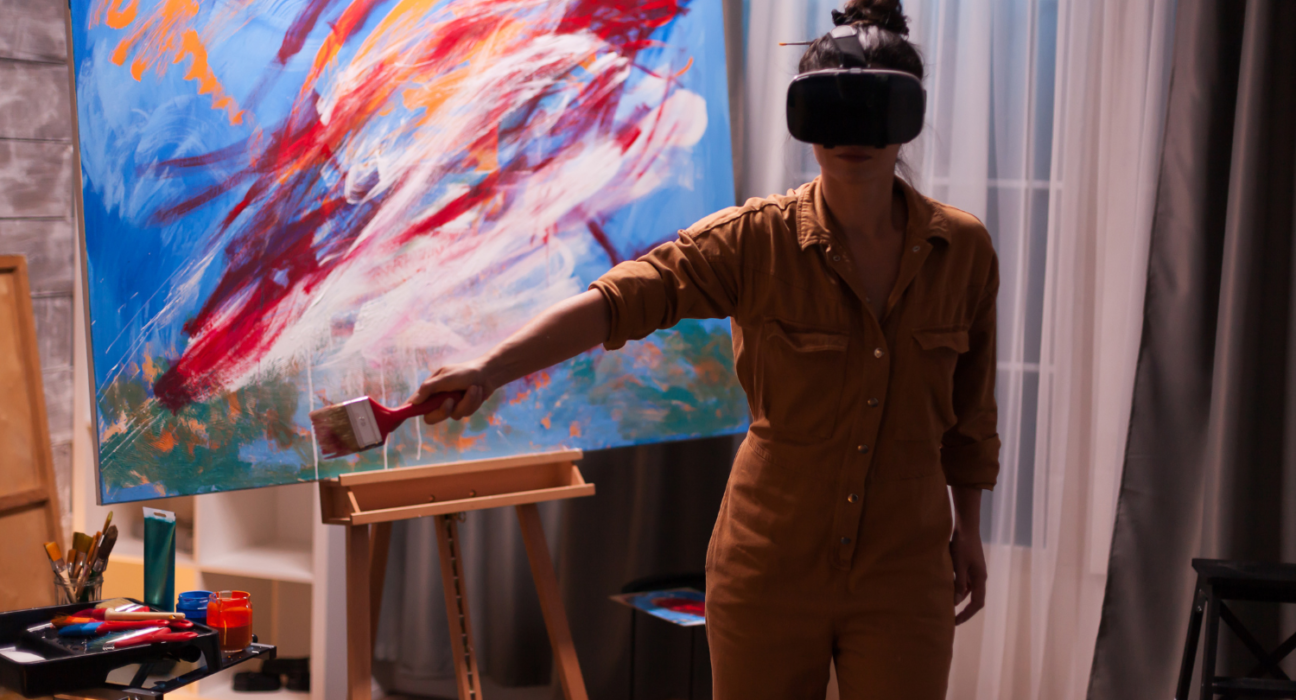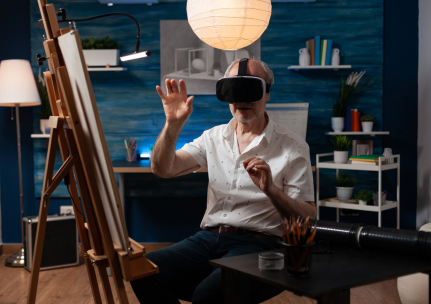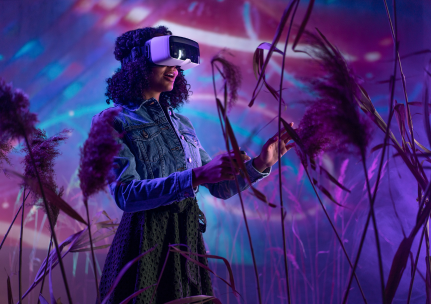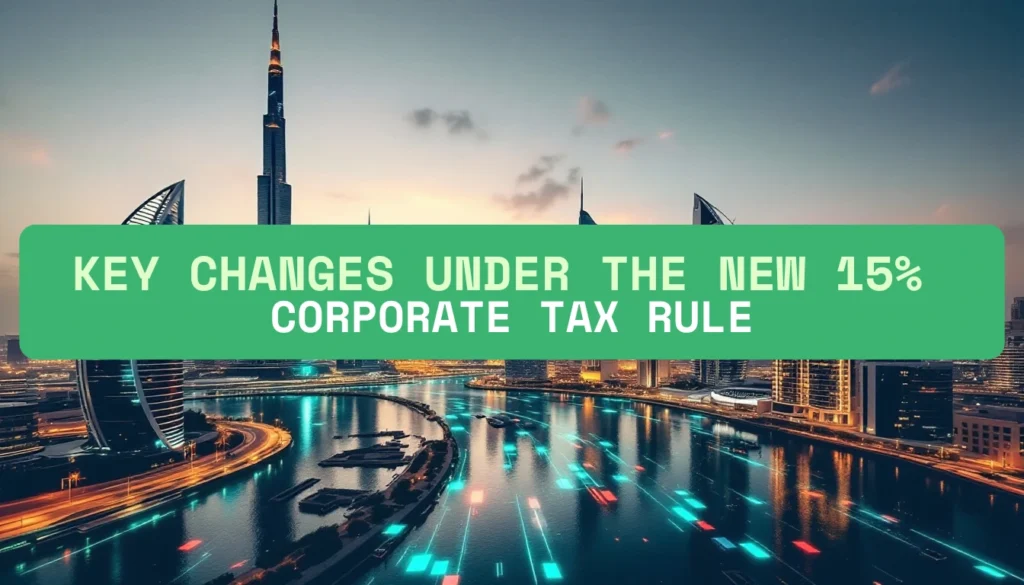The Metaverse and Art: New Frontiers for Creativity and Expression

The metaverse is an emerging concept of a future iteration of the internet, made up of persistent, shared, 3D virtual spaces linked into a perceived virtual universe. As the metaverse continues to develop, it is creating new opportunities for artistic creativity, expression, and experiences. From virtual galleries and museums to digital fashion and architecture, art in the metaverse allows for boundless imagination.
Expanding Horizons for Creative Output
Virtual Galleries and Museums
Traditional art institutions like galleries and museums are establishing presences in metaverse platforms. The benefits of this include being able to overcome the physical limitations of real-world spaces, reach global audiences that transcend geographical barriers, and showcase artworks in more creative and innovative 3D environments.
Some examples demonstrating this include the Uffizi Galleries creating a 3D virtual tour in The Sandbox metaverse for visitors to explore its collections. There have also been popular virtual reality exhibitions such as Van Gogh: The Immersive Experience, allowing art lovers to step into Van Gogh’s iconic paintings.



Digital Architecture and Sculpture
The metaverse allows architects and sculptors to create structures and designs that would not be possible physically. These digital designs can then be brought to life and experienced at scale in virtual worlds.
One example is sculptor Krista Kim, who designed a $450,000 Mars House that sold as the first NFT digital property in the metaverse. Another case is architect Greg Henderson, who designed a full virtual city called Etheria in the Cryptovoxels metaverse.
Expanding Creative Horizons for Artists
Metaverse platforms introduce new digital mediums for artistic expression, including virtual reality, augmented reality, and spatial computing. Artists are utilizing tools like Quill for 3D drawing and animation and Gravity Sketch for advanced conceptual modeling in order to create artworks.
The ability to combine digital mediums also allows for innovative art formats that were not possible before, such as AR sculptures displayed in real-world locations or explorable VR paintings where viewers can walk through lush virtual landscapes.
Pushing Creative Boundaries
- Metaverse platforms rely on immersive, interactive environments to engage users.
- Opportunities for artists to utilize skills in spatial design, worldbuilding, VR/AR UX.
- Creator-focused worlds like SuperWorld rely on user-generated VR content.
- Artists build personalized virtual studios in Spatial.
In online environments, unique avatar designs and skins are highly valued as identity markers for users to express themselves. Digital wearables and NFT-based fashion items are also an expanding niche. This allows traditional fashion designers and digital artists to collaborate on groundbreaking new projects that merge physical and virtual fashion.








